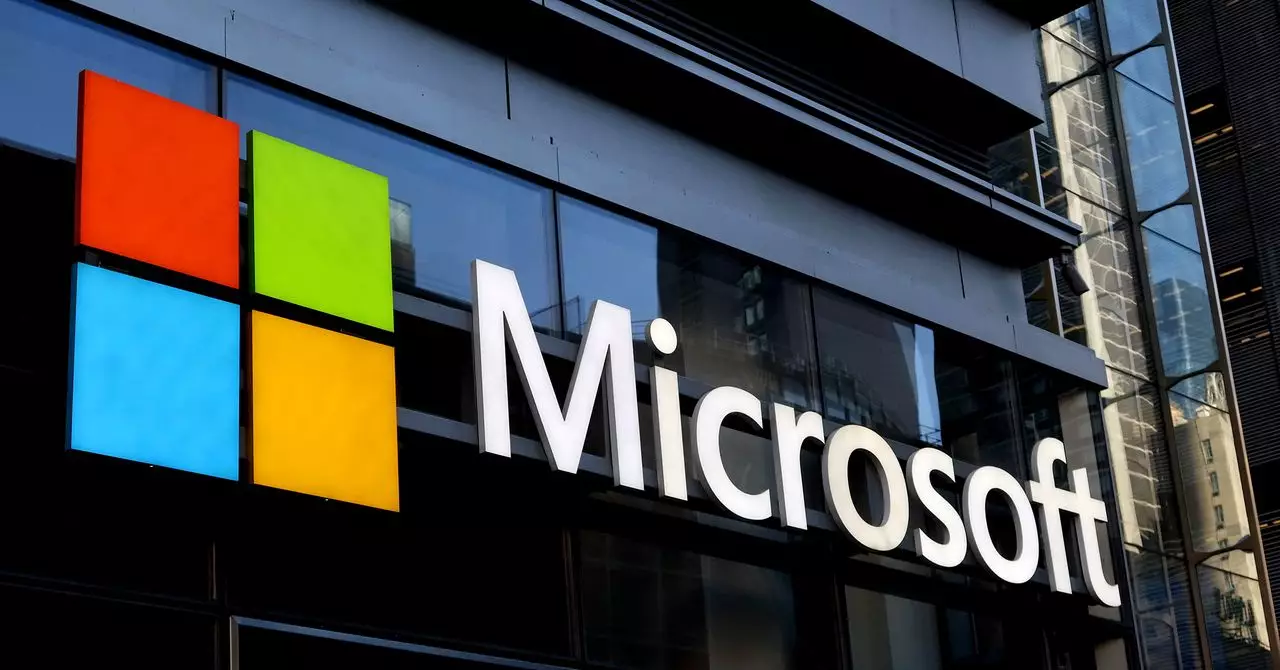The recent advancements from Microsoft mark a bold leap toward what could be called “medical superintelligence.” Unlike traditional AI tools that act as isolated assistants, Microsoft’s new initiative orchestrates multiple leading AI systems to work in unison, simulating the collaborative expertise usually found among human doctors. This approach doesn’t just rely on one model guessing the diagnosis but harnesses a “chain-of-debate” across diverse AI agents, including GPT, Google’s Gemini, Anthropic’s Claude, and others, offering a more nuanced and accurate diagnostic process.
Redefining Diagnostic Accuracy and Efficiency
In a controlled study using 304 complex medical cases, Microsoft’s MAI Diagnostic Orchestrator (MAI-DxO) demonstrated a staggering fourfold increase in diagnostic accuracy, achieving an 80% accuracy rate compared to human physicians’ 20%. This isn’t merely a marginal improvement; it represents a profound shift in how diagnoses could be delivered in the future. Even more compelling is that this system accomplishes its accuracy while reducing the overall costs of medical testing and procedures by about 20%. Such cost-efficiency addresses one of the biggest current challenges in healthcare: the ever-rising expenses associated with diagnostic tests and doctor visits.
Reshaping the Diagnostic Process by Imitating Human Reasoning
What sets Microsoft’s approach apart from earlier AI attempts is its methodical mimicry of human diagnostic reasoning. Traditional AI diagnosis often acts as a “black box,” providing results without transparent steps. MAI-DxO, however, breaks down cases into sequential diagnostic steps—symptom analysis, test ordering, iterative review—replicating how clinicians methodically handle patient cases. This structured reasoning not only boosts trust in AI diagnoses but also helps identify when additional tests are necessary, ensuring the right balance between thoroughness and efficiency.
The Battle for AI Talent Fuels Innovation
Microsoft’s aggressive recruitment of AI experts from rivals like Google underscores how fiercely the industry is competing to lead in healthcare innovation. Mustafa Suleyman, the CEO of Microsoft’s AI division and former Google executive, emphasizes that cross-pollination of ideas and talent is essential to accelerate progress. It is no coincidence that breakthroughs like MAI-DxO arise in this highly competitive landscape where top minds converge with cutting-edge resources and real-world medical data.
Practical Implications and Ethical Challenges
The implications of integrating AI systems like MAI-DxO into healthcare are enormous. Potentially, millions could receive faster, more accurate diagnoses worldwide, and healthcare providers could streamline workflows to focus resources where they matter most. Microsoft even hints at embedding this technology in consumer-facing tools, such as Bing, which could guide users before they seek in-person care.
Yet, this progress invites critical scrutiny. AI diagnosis relies heavily on training data, which has historically been biased toward certain demographics, risking perpetuation of existing health disparities. Furthermore, the opacity of AI decision-making and data privacy concerns remain pressing issues. To responsibly advance, Microsoft and others in the field must implement stringent safeguards and continue rigorous testing in real-world settings, as Suleyman notes.
Why Medical Superintelligence is More Than Hype
The phrase “medical superintelligence” might sound futuristic or exaggerated, but Microsoft’s work legitimizes it in a practical sense. By coordinating multiple specialized AIs to collaboratively reason like doctors and outperform them, we glimpse a future where AI doesn’t just assist but fundamentally transforms healthcare delivery. This isn’t about replacing physicians; it’s about supercharging their capabilities and making expert-grade diagnostics accessible, affordable, and scalable.
The journey is far from complete. Healthcare is complex, nuanced, and human-centered. But Microsoft’s orchestration of diverse, multimodal AI agents suggests that medical superintelligence is not science fiction—it is becoming a tangible tool with the power to save lives and reduce costs on a massive scale. The real test will be in widespread clinical adoption and ensuring equitable, ethical deployment across diverse populations. Nonetheless, this breakthrough crystallizes the incredible promise of AI as a force multiplier in health, pushing the boundaries of what technology can achieve in the critical realm of medicine.


Leave a Reply